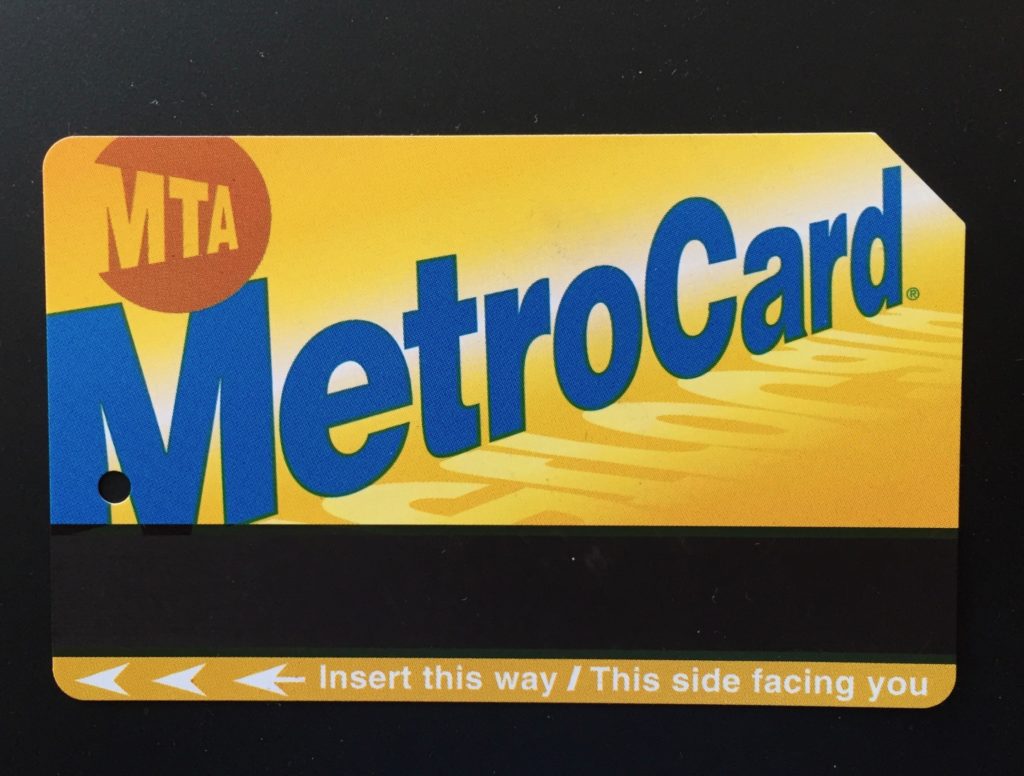
Few alive today can remember, but public transit (subways, commuter rail, buses, streetcars, and ferries) was once a for-profit industry. So how did nearly all of these services end up under government ownership? Because, at a point, private owners walked away from them. Cities, regional authorities, and states stepped in to keep the services alive and, in many cases, expand them.
So this is the story of one of government’s strengths: its steadfastness. Once it recognizes a vital service, it doesn’t give up on it as easily as corporations. We’ll get into why transit is considered vital to cities but, first, a little history.
Transit in America began in the early 1800s with ferry boats and horse-drawn wagons called omnibuses. For a price, these private services would take passengers across a river or across town on a fixed route—like modern-day buses and streetcars. But an omnibus ride was a bumpy one since most streets were either dirt or cobblestones. Before the Civil War, then, to smooth the ride, some private companies laid down rails on the streets for the wagons to use. For this, they needed government approval, since cities owned the streets. This was the point when government first played a role in transit, as granters of rights of way.
It wasn’t until engineers figured out how to use electricity as a means of locomotion, though, that the “mass” part of mass transit took off. Electricity allowed private companies to build efficient streetcars and, later, elevated trains and subways that could move large numbers at small, “token” prices.
As transit grew, so did congestion. By the early 1900s, city streets had become a jumble of transportation modes. There were streetcars, pedestrians, bicyclists, horse-drawn wagons, and some privately owned cars, all fighting for a piece of the pavement. (For a glimpse, watch this video of New York in 1911.) That’s why the transit companies wanted exclusive right of ways, either above the street (in elevated trains) or below (in subways).
This got some of the transit out of public streets, but the tunnels and elevated tracks required even greater government cooperation. New York’s subways, for instance, were mostly “cut and cover” projects. That is, streets were dug up, tunnels and tracks built, then the streets were covered again. In most cities, the construction was privately financed but the city had to give its permission to close the streets and its elected officials felt the anger of residents and businesses that were disrupted.
So here was another way government became a major player in mass transit, as a partner in its construction. There was yet another role it came to play: regulator of fares. Why? Because, in nearly every case, the transit companies were monopoly businesses. And in return for the monopoly status—and the city’s help with construction—local governments gained a say in transit fares, much as state public service commissions set electric and natural gas rates today. It was another step toward government involvement.
Why did the private companies leave the business? Because it became less profitable as cars pushed their way into cities. Transit ridership peaked in 1926, then began a steady decline as more people drove to work or shopping. And as profits declined, so did maintenance, which encouraged yet more people to abandon buses and trains for private automobiles.
In the 1940s and 1950s, one city government after another bought out the private companies and took over their train and bus lines. The best that cities could do, at first, was maintain the systems they had bought, and without expansion or improvements, ridership continued its decline.
What changed things in the 1960s and 1970s was that the federal government started financing transit. This led to brand-new rapid transit systems in Washington, D.C., San Francisco-Oakland, and Atlanta, and expansions and renovations for older systems like those in Boston and Chicago.
By the early years of the 21st century, transit ridership was rising again. Then, in about 2010, ridership hit a wall. There were a number of reasons. In places like New York and Washington, D.C., transit systems had deferred maintenance to the point that service suffered. And as trains became overcrowded and undependable, riders looked for alternatives—and found it in new transportation services, like Uber and Lyft.
Better management was beginning to turn around big-city transit systems when, in 2020, ridership fell off a cliff with the Covid-19 pandemic and the public health shutdown that followed. It is unclear when or how ridership will improve. Still, no major American city signaled an intention to give up on transit.
Why are local governments so committed to public transit? Because transit has important positive externalities: It makes cities more affordable. It reduces pollution. It creates denser development, which makes streets livelier. And it leads to more productive land uses by reducing one of the most wasteful uses, which is parking. (To see how transit can change land uses, compare San Francisco’s two baseball parks, the old Candlestick Park, remote and surrounded by parking, and the new Oracle Park, with transit at its doorstep.)
If you’ve ever taken a train or bus in a city—or merely appreciated the liveliness of urban streets—you can thank government for maintaining the transit systems that make these possible.
More information:
https://www.britannica.com/topic/mass-transit/The-benefits-of-urban-mass-transit
Give the credit to: local governments 70%, federal government 30%
[…] and enjoyable. These are positive externalities, a concept we’ve written about in our entries on public transit and building codes and […]